Presentations - In the News
Each of you will:
- Exercise your curiousity!
- find a news story from the last 6 months with a climate connection. Something you'd like to find out more about.
- You'll make a ~5 minute presentation at the beginning of class of the story and some context.
More guidelines and suggestions below...
Your presentations...
-
 Electric and traditional cars - Christina
Electric and traditional cars - Christina
-
 Large Dairy Farms - Lily
Large Dairy Farms - Lily
-
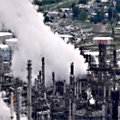 EPA GHG reporting program - Brandon
EPA GHG reporting program - Brandon
-
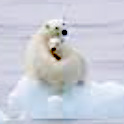 ...effects on polar bears - Guliana
...effects on polar bears - Guliana
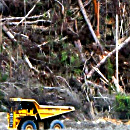 Deforestation
- Detroit
Deforestation
- Detroit
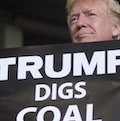 Trump's Executive Order - Mia
Trump's Executive Order - Mia
 Climate change impact on different species - AJ
Climate change impact on different species - AJ
 Snowstorm in the southern U.S. - Malia
Snowstorm in the southern U.S. - Malia
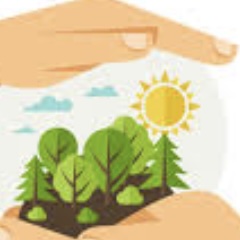 Drinking water safety - Ariadna
Drinking water safety - Ariadna
 Consequences of online shopping - Sami. See this Guide to understanding Particulate Matter
Consequences of online shopping - Sami. See this Guide to understanding Particulate Matter
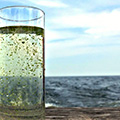 Water quality at risk - Eva
Water quality at risk - Eva
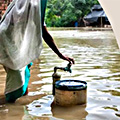 Water consumption at risk - Selene
Water consumption at risk - Selene
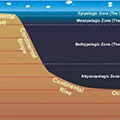 Deep Sea Mining - Alexandra
Deep Sea Mining - Alexandra
-
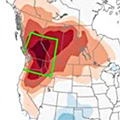 2021
Heat Wave in Western US - Kerly
2021
Heat Wave in Western US - Kerly
 Drought Cycles in Australia - Kami
Drought Cycles in Australia - Kami
-
 The effect of climate change on homeowners insurance - Luisa
The effect of climate change on homeowners insurance - Luisa
-
 Doomsday Glacier melting: Artificial wall? - Emma
Doomsday Glacier melting: Artificial wall? - Emma
 Cuts to NWS and NOAA - Maddie
Cuts to NWS and NOAA - Maddie
 Western Monarch Butterflies - Hayden
Western Monarch Butterflies - Hayden
Update: Eastern Monarch population doubles from 2024
-
 California's Joshua Trees are in trouble
- Hailey
California's Joshua Trees are in trouble
- Hailey
 The Amazon Basin At Risk: The Madeira River
- Liz.
The Amazon Basin At Risk: The Madeira River
- Liz.
Here's a graph of dissolved oxygen vs water temperature from a publication by Karbowiak, et. al. via Researchgate.
Presentation guidelines and suggestions
Your presentation should take 3-5 minutes. Count on taking some questions for 1 or 2 minutes.
Typically you will make a few slides:
- Pictures and diagrams are great!
- Your audience can read! So you should avoid reading what you already have on your slides.
- So Use text on your slides, then you you don't have to say the things which are written out leaving you to have more time to talk about something else.
- You should certainly use text to:
- To display an important message that you want your audience to remember;
- to give extra details about your topic that you don't need to talk about;
- Give
the sources of your facts / pictures / diagrams;
Don't put all your sources on a page at the end (like a formal research paper). Instead, put your sources on the slide where you refer to them. But it can be in smaller text at the bottom of your slide.
- Sign up on Moodle for a date to present.
- Assemble some links / pictures on, for example, a Google Doc or Google Slide. E-mail / Share the link (and viewing privileges) with your instructor ahead of class, who will bring it up on the classroom computer.
- Come 5 minutes early to class to make sure everything is ready to go.
Where to find stories?
They're all over the media these days--and you may already some favorite sources! Some of my favorite climate news sources: (Good writing, high-quality sources and fact checking)
- NYTimes | CLIMATE, GC students can get free access to NYTimes.
- Environment 360 | CLIMATE.
- Inside Climate News.
- The Conversation | environment
Add some context
- Look for another article or two on the same topic as your story to get another perspective.
- Find a graph or other data visualization to add context. OurWorldInData.org is particularly rich.